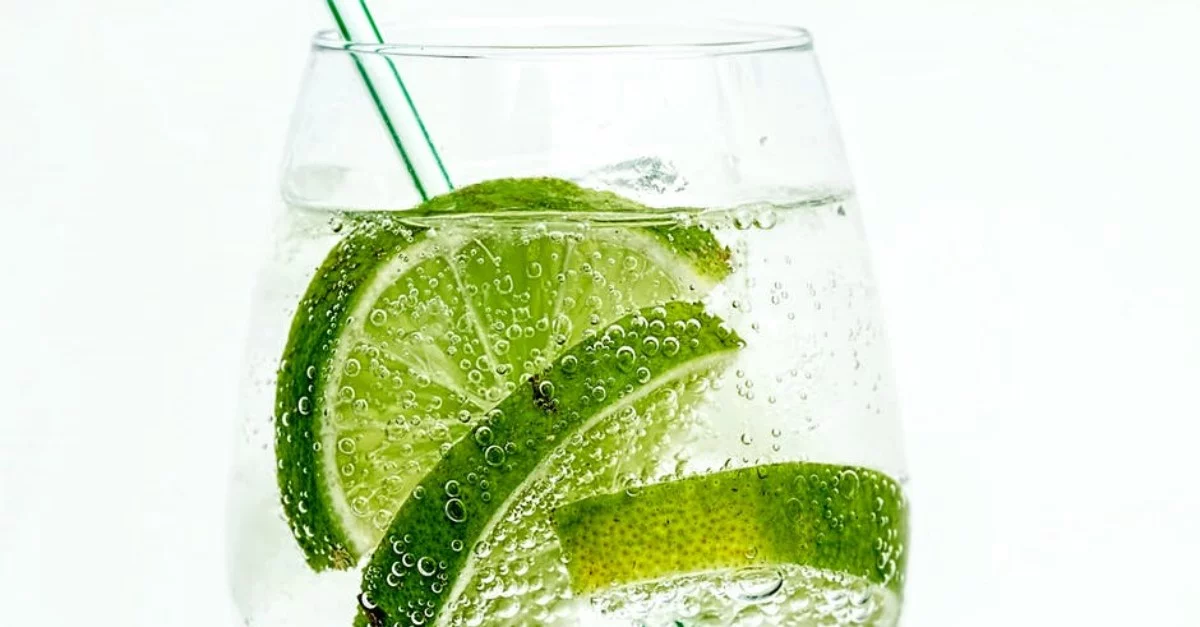Does Sparkling Water Go Bad?
Sparkling water, sometimes called carbonated water or soda water, is a popular drink option for many people looking for an alternative to regular sodas and juices. Sparkling water is simply plain water that has been infused with carbon dioxide, giving it the characteristic bubbles and fizz.
But a question many people have is: does sparkling water go bad? Let’s take a deeper look at the shelf life and proper storage of sparkling water to get the answer.
Does Sparkling Water Go Bad? Understanding Expiration Dates
When you pick up a bottle or can of sparkling water from the grocery store, you’ll notice there is usually a “best by” or “enjoy by” date printed on the package. This date indicates how long the beverage will remain at peak quality when stored properly.
However, it’s important to understand that expiration dates on sparkling water are about maintaining flavor and carbonation, not safety. Sparkling water itself does not spoil in the way milk or meat does. As long as it has been handled and stored correctly, sparkling water should still be safe to drink after its “best by” date, though it may have begun to lose some of its fizz.
Shelf Life of Unopened Sparkling Water
An unopened bottle or can of sparkling water will generally maintain its fresh taste and bubbles 12-18 months past its printed date if stored at moderate temperatures. The carbonation is preserved by the pressurized seal on the bottle or can.
However, there are a few variables that can affect how long sparkling water lasts:
- Storage conditions – Storing sparkling water in a cool, dry place helps prevent carbon dioxide loss compared to warm, humid conditions. Storing sparkling water upright also keeps the fizz.
- Presence of flavorings or sweeteners – Plain sparkling water has the longest shelf life. Added natural flavors, juices, or sweeteners can shorten the lifespan to 6-9 months once opened.
Overall though, an unopened bottle of plain sparkling water stays fresh for over a year past its date when stored properly.
What Happens to Sparkling Water Over Time
While sparkling water doesn’t spoil in a food safety sense, it does gradually lose its signature carbonation and bubbles as it sits on the shelf.
This is because the pressurized carbon dioxide gas in the water slowly diffuses out of the liquid over time, especially after opening. Temperature affects this process – warmer conditions speed up carbon dioxide loss.
Without those bubbles, sparkling water becomes flat and loses the refreshing, tingling mouthfeel many people enjoy. Flat sparkling water is still safe to consume, but the taste and texture deteriorate.
Additionally, any flavorings or juices added to flavored sparkling waters can start to degrade after several months, affecting the product’s overall taste.
How to Store Sparkling Water Properly
To maintain your supply of sparkling water with minimal carbon dioxide and flavor loss, here are some storage best practices:
- Store unopened sparkling water in a cool, dry pantry away from direct sunlight and heat sources. Ideal storage temperatures are between 35°F-70°F.
- Refrigerate opened bottles and only keep them chilled for a week before recycling. The cold temperature helps slow carbonation loss.
- Drink flavored sparkling water within 3-6 months of opening for best taste.
- Keep the cap tightly sealed when not pouring your sparkling water to contain the carbon dioxide gas.
- Store cans or plastic bottles upright to keep the fizz – don’t lay them on their side.
- Check bottoms of cans/bottles to avoid purchasing any with bulges, rust, or leaks – flawed packaging indicates carbonation loss.
Following these simple guidelines ensures you get the most bubbly enjoyment out of every bottle or can of sparkling water.
Signs That Sparkling Water Should Not Be Consumed
While sparkling water keeps for quite awhile, occasionally bottles get stored improperly or for too long. Here are some signs your sparkling water may no longer be good to drink:
- Flat taste and lack of bubbles – This indicates all the carbon dioxide has escaped, leaving just plain water behind. Flat sparkling water is safe to consume but won’t have the refreshing carbonated taste.
- Off odors – If your sparkling water smells unpleasant, musty, or rotten, it could be harboring microbial growth and should be discarded.
- Change in appearance – Cloudiness, particles, or sliminess indicates contamination. Sparkling water should look clean and clear.
- Mold growth – Visible fuzzy mold on the bottle cap or mouth of the bottle is a clear sign to discard the sparkling water.
- Bulging or leaking bottle/can – Compromised packaging is a red flag for carbonation and quality loss. Don’t drink any sparkling water stored this way.
When in doubt, remember it’s better to be safe and throw it out. Stick to enjoying sparkling water while it’s fresh and properly stored.
Conclusion
So does sparkling water actually go bad? While it doesn’t spoil in the traditional sense, sparkling water does lose its carbonation and flavor over time after opening. Gas escape causes the water to go flat within a week in the fridge. Additionally, heat and sun exposure can speed up carbonation loss in unopened bottles.
For best quality, store unopened sparkling water in a cool, dry place and drink opened bottles within a week. Check for any signs of contamination like odors, cloudiness, or leaks before drinking.
While drinking flat sparkling water is generally not dangerous, it’s unappetizing. As long as you follow proper storage and check for signs of spoilage, you can enjoy tasty bubbly sparkling water for up to a year after its “best by” date. Just recycle any bottles or cans once the carbonation is gone.
